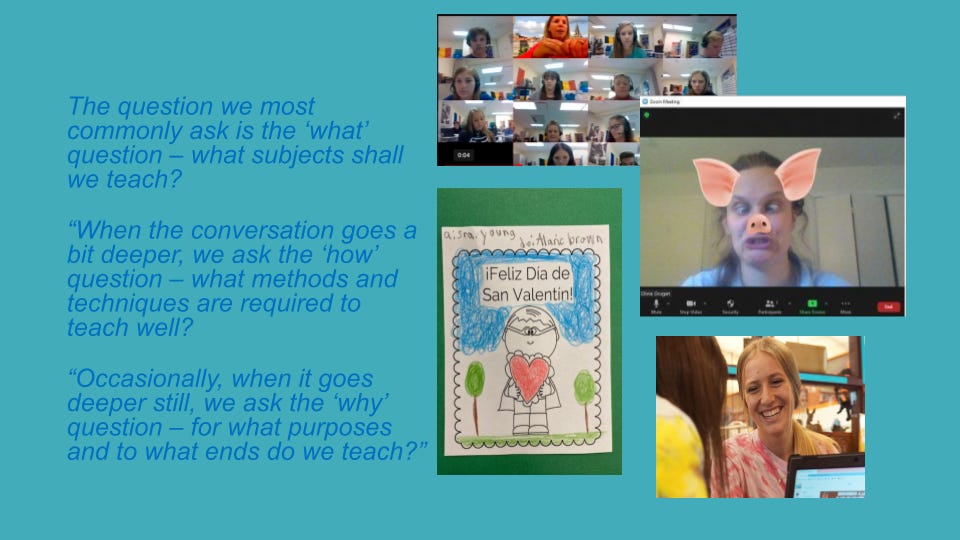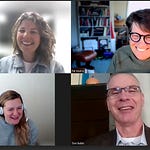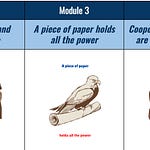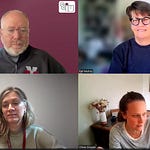Greetings WOL Friends,
As we see the forecast change this week - I am sure we are all hopeful to get back into a rhythm as the second semester takes off like a rabbit.
In this episode, we have the opportunity to talk with Michelle Hughes a colleague we met this summer as we explored Storyboarding and Streamlining with Heidi Hayes Jacobs and Allison Zmuda. You can find out more about Michelle HERE. Michelle introduces us to the concept of resilient teaching communities - an idea she is writing about - as she explores the context of the challenges faced by teachers during and after the COVID-19 pandemic. Michelle and Oliva delve into some of the tools, processes, and intentions employed in building such communities within the World of Learning.
Michelle begins the conversation by highlighting the alarming attrition of teachers post-pandemic and the lack of students choosing teaching as a profession. She introduces the term "resilient teaching communities" and emphasizes that it's different from having resilient individual teachers. The magic of resilient teaching communities is attributed to the intention of creating a community of support.
As Olivia reflects on her initial reaction to the term she highlights that while she has taught in our program, she now would need to ask our virtual learning facilitators to describe the environment. She does, however, recognize that the virtual nature of their work adds a layer of complexity. We dive into the challenges and surprises of building virtual communities, emphasizing the need for intentionality in creating and sustaining these communities.
The conversation deepens into examples of fostering community, including virtual meetings and the importance of creating intentional spaces for teachers to connect. Michelle, Olivia, and I share stories of vibrant discussions, collaborative efforts, and the value of creating opportunities for teachers to share their experiences. Our conversation emphasizes the balance between autonomy and community within resilient teaching communities.
Michelle identifies seven attributes of resilient teaching communities: acceptance in being seen, collaboration, shared decision-making, trust, a sense of mission, shared values, and collaborative leadership. As we spoke we highlighted the value of leadership that supports and collaborates with teachers, acknowledging the vital role it plays in fostering resilient communities.
We closed our discussion by recognizing the messiness and challenges inherent in building resilient teaching communities. We emphasize that resilience involves bouncing back from difficulties, and the conditions for such resilience are built in a collaborative community.
We hope you enjoy this episode and find your own stories as we tell ours. It is always a journey to move to a collaborative, resilient team. We look forward to hearing more from Michelle as she travels to continue her research and write her book!
I including a few of the snapshots from our Fall faculty meeting that inspire us at the WOL here - as we try Every Day to build resilient communities and support our virtual learning specialist in the most important work of teaching students.
As always, if we can help please reach out - pmulroy@iu08.org.
Onward,
Pat















